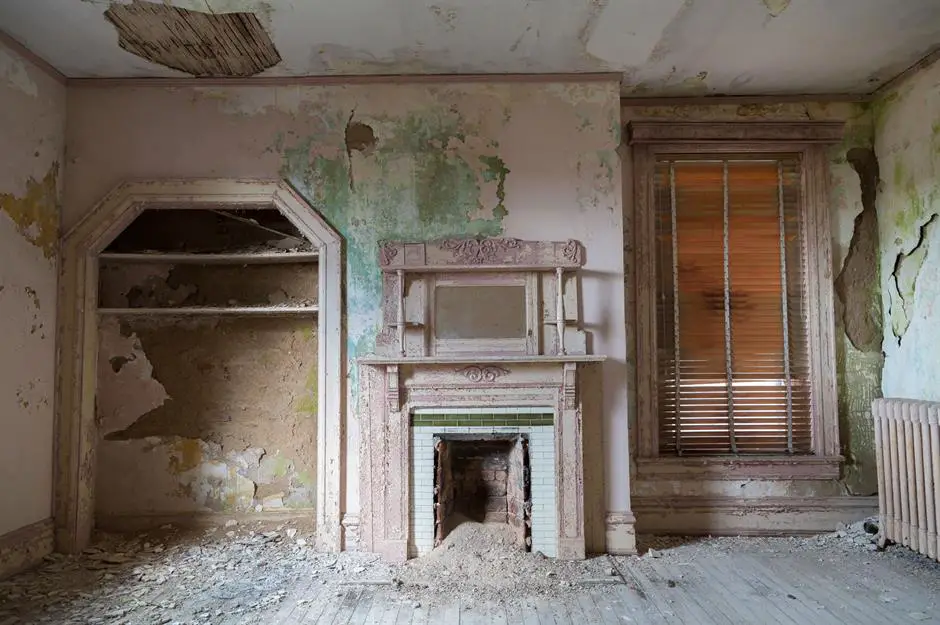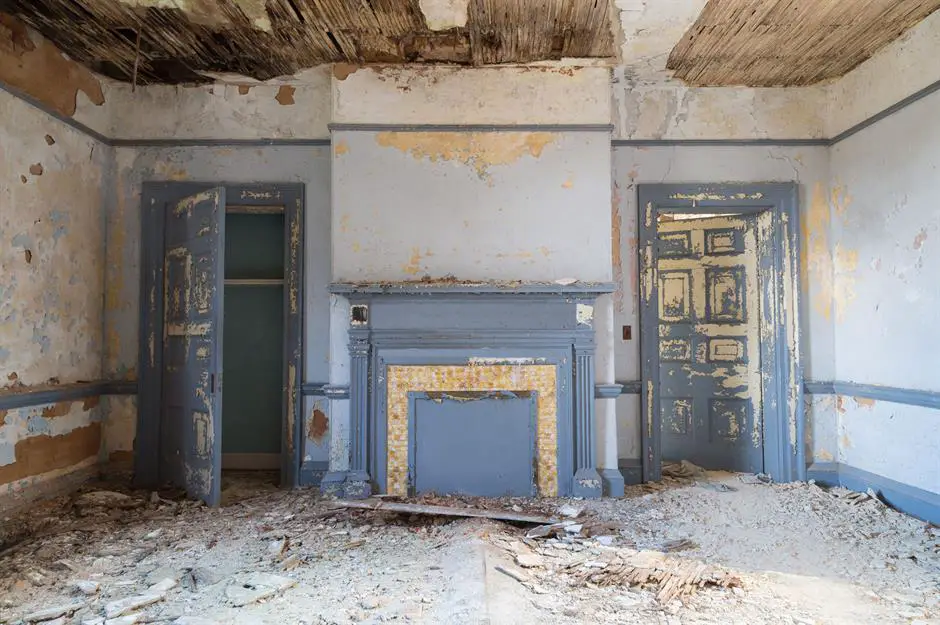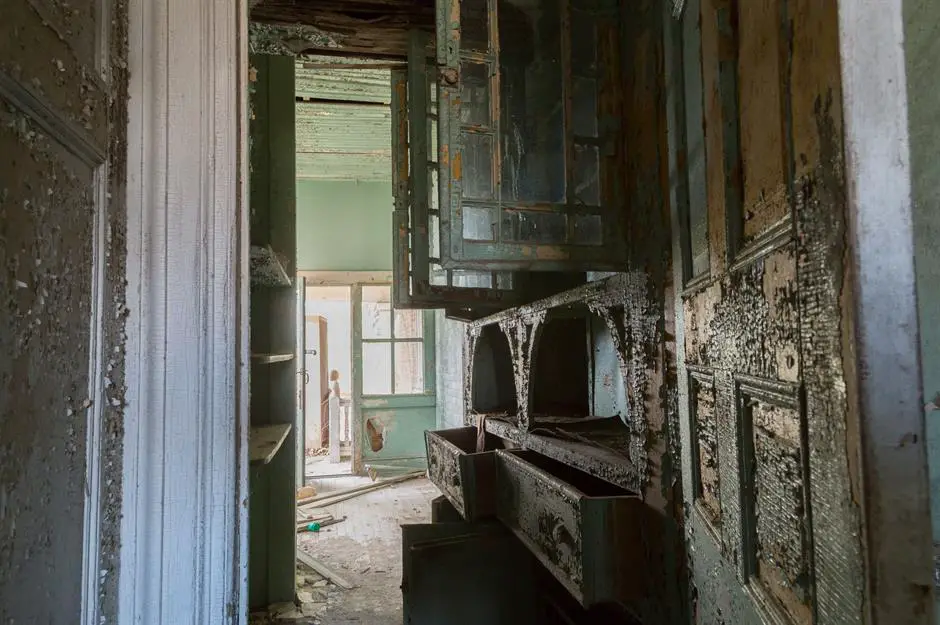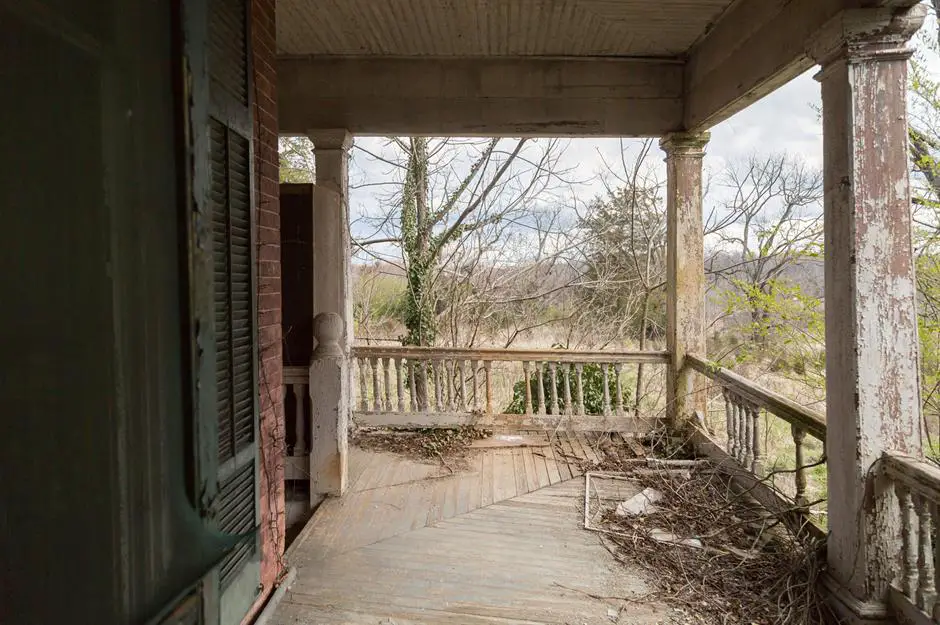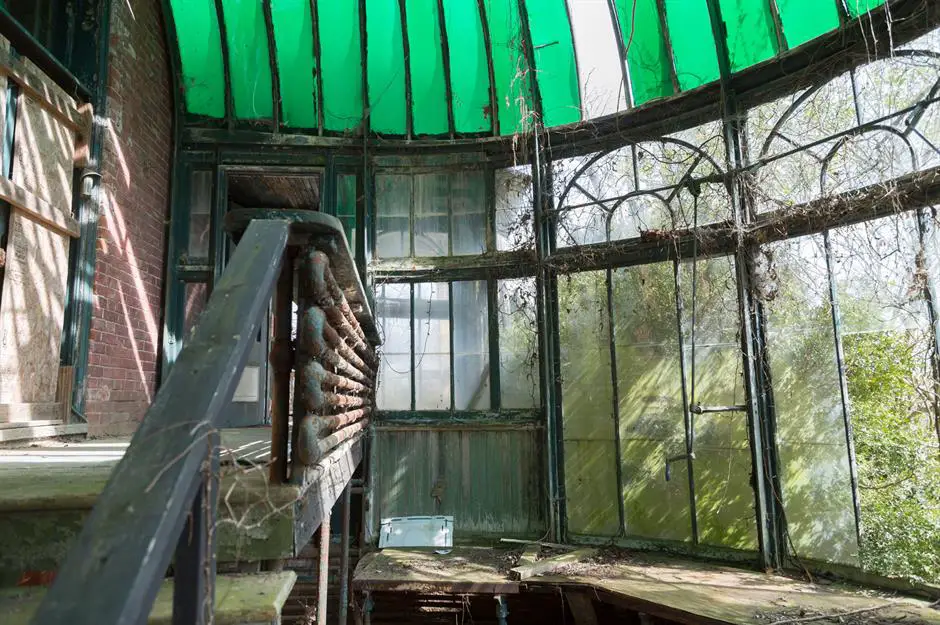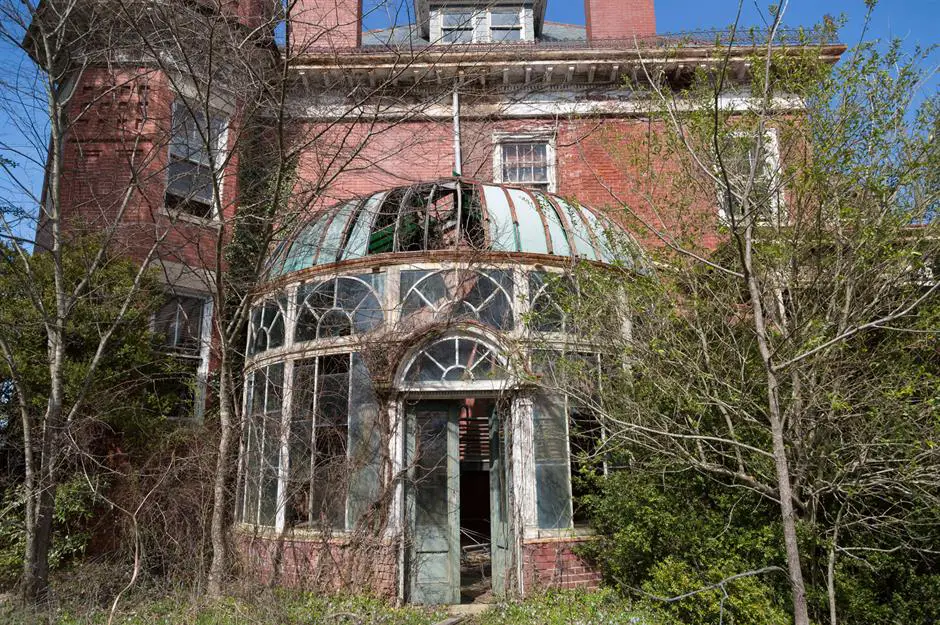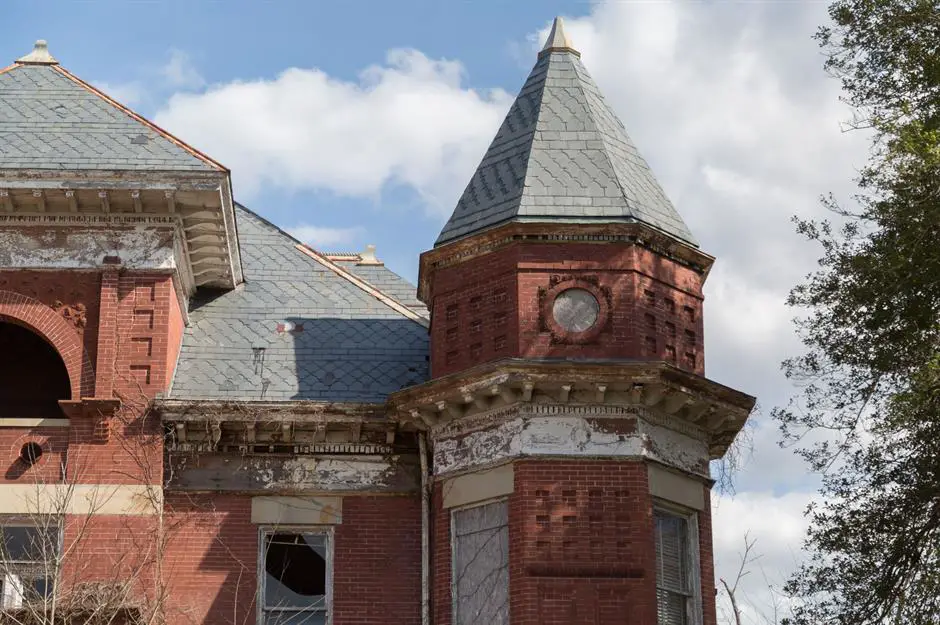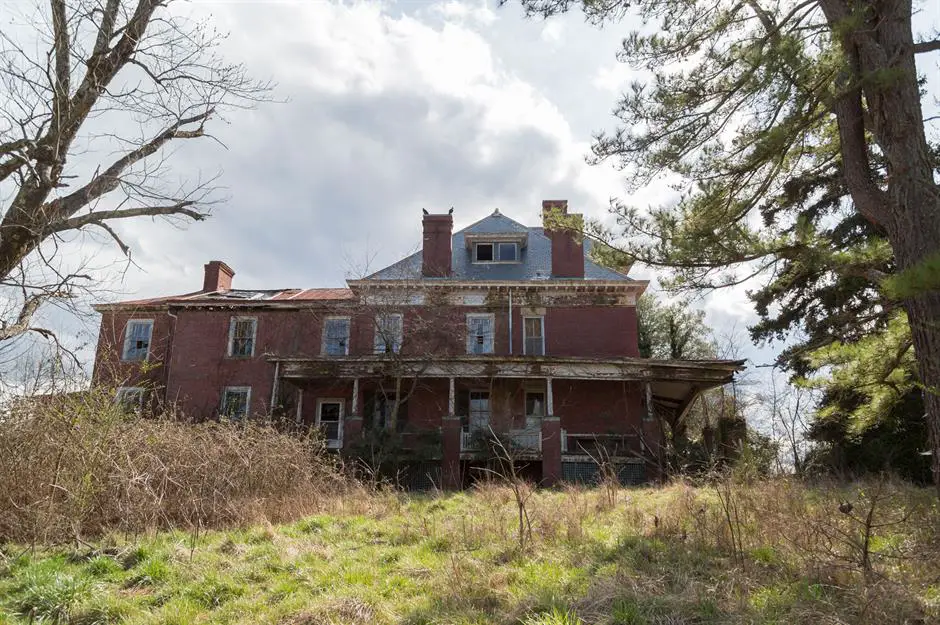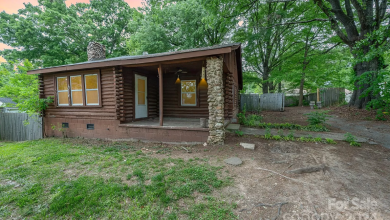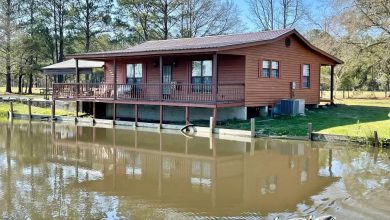Explore This Abandoned Mansion In The Middle Of A Virginia Golf Course

Sitting in an unexpected spot in the middle of a golf course near Farmville, Virginia, you’ll find the Dunnington Mansion, also known as Poplar Hill. It’s not in the best shape, with 24/7 security keeping watch. However, acclaimed urbex photographer Bryan Sansivero was allowed access to capture its faded grandeur. Join us as we explore the decaying halls of this historic home and learn how it ended up in the midst of a country club.
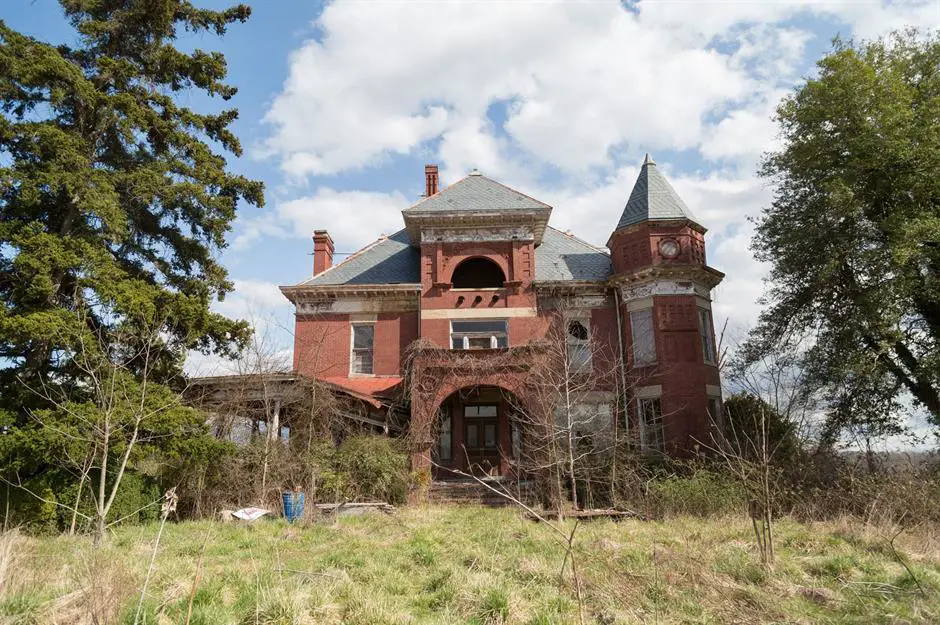
This grand red-brick manor stands on a piece of neglected land within the upscale Manor Resort Golf Club, south of Farmville. A rusty wrought-iron gate, flanked by two deteriorating posts, marks the boundary between the golf course and this enigmatic abandoned mansion.
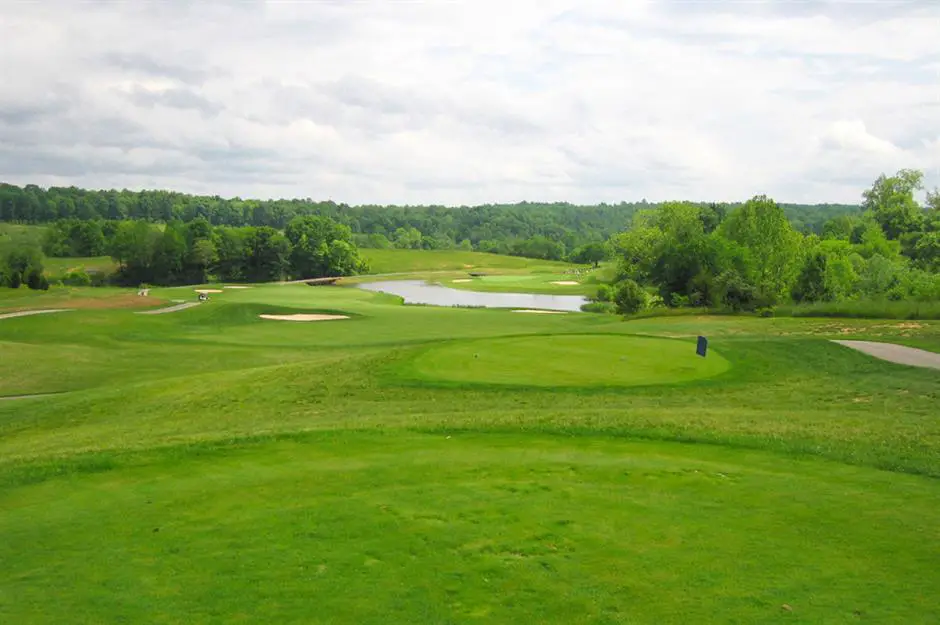
The contrast between the mansion and the meticulously landscaped golf course is stark. The golf course boasts manicured fairways, pristine wooded areas, and a beautiful lake, while the mansion’s surroundings are cluttered with discarded items, overgrown with vines, and offer no clear path to the front porch. Nonetheless, the mansion’s exterior, with its turret and architectural brickwork, appears to be holding up reasonably well.
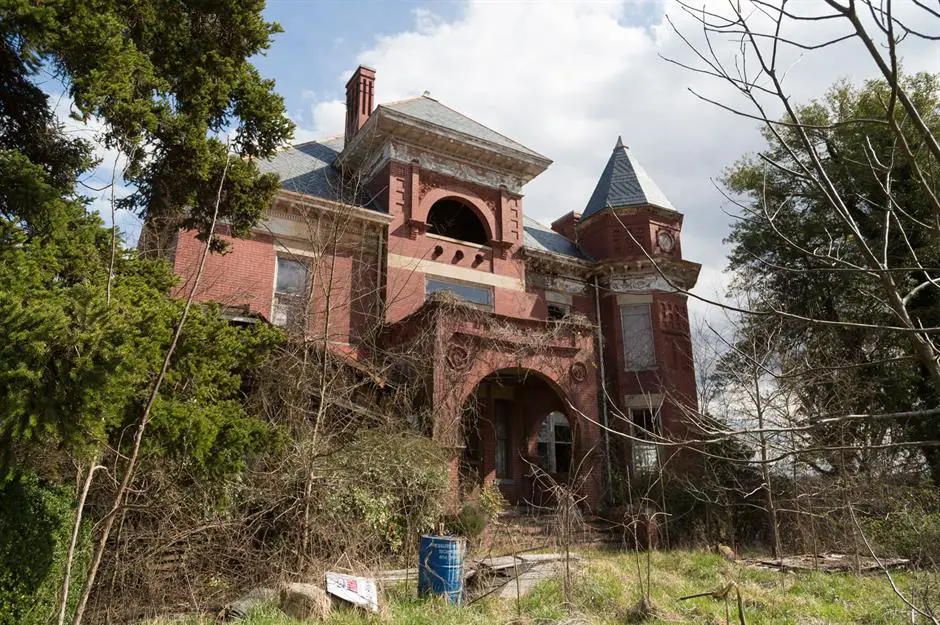
In a photo from the early 20th century, you can see the mansion in its former glory. Its history dates back to the 1700s when Richard Woodson, also known as Baron Woodson, purchased a significant parcel of land in Prince Edward County, establishing the Poplar Hill Plantation and constructing a small four-room house. Over the years, the property changed hands and underwent significant expansions and renovations.
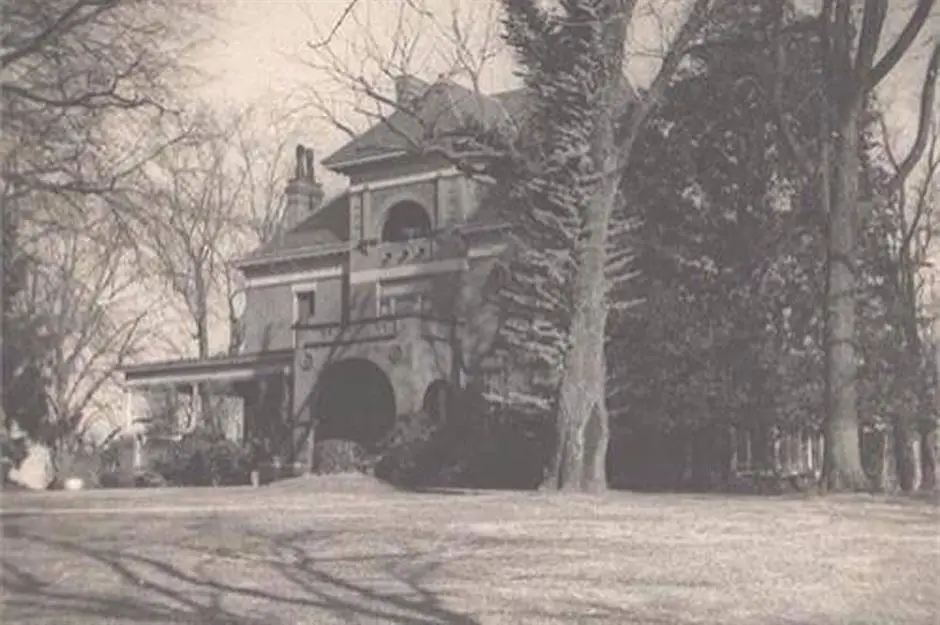
Walter Grey Dunnington, a wealthy tobacco tycoon, embarked on a lavish renovation in 1897, resulting in a stunning 14-room mansion. The interior was filled with modern conveniences, making it a social hub for Farmville’s elite. The mansion features charming alcoves, a grand entrance foyer, and a stately dining room, all reflecting Dunnington’s affluence.
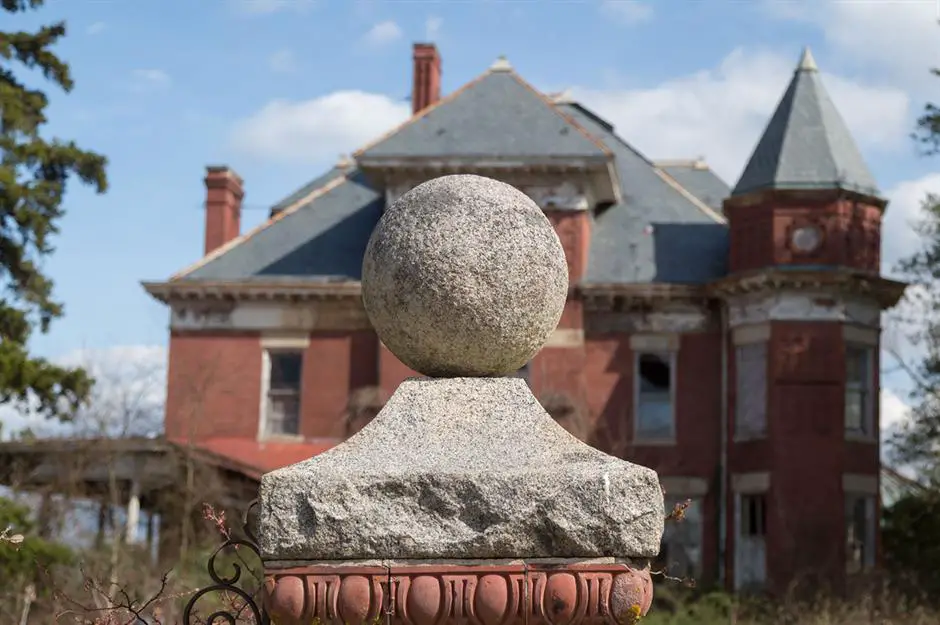
However, Dunnington faced setbacks, including a fire at his tobacco factory in 1898, just after renovating his home. Despite this, the Dunnington family made significant contributions to the community, and the mansion witnessed many family events.
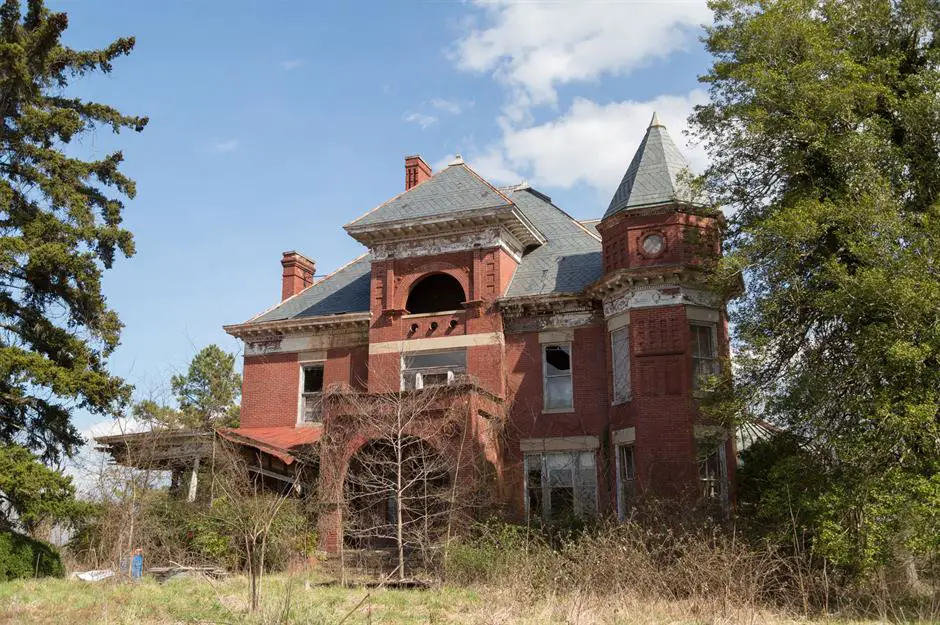
Over the years, the mansion fell into disrepair, with neglected rooms like the attic deteriorating and succumbing to the elements. The future of the mansion took a hopeful turn when it was sold to the Community Development Authority in 1999, with plans for a golf course, hotel, and spa. The Dunnington Mansion was supposed to be restored as a clubhouse, but funding for the entire project dwindled, and only the golf course was built.
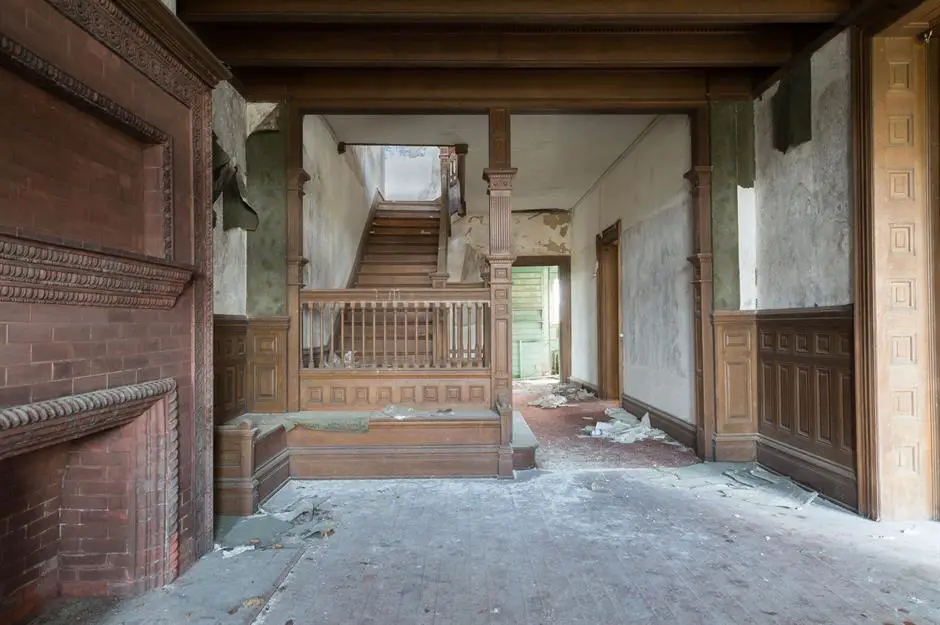
The mansion’s once-beautiful porch and conservatory, favored by India Dunnington, were left in disrepair. The mold, especially on the exterior wooden cornice, became a significant problem. The porch’s timber rotted due to the humid climate, and some parts of the structure even collapsed.
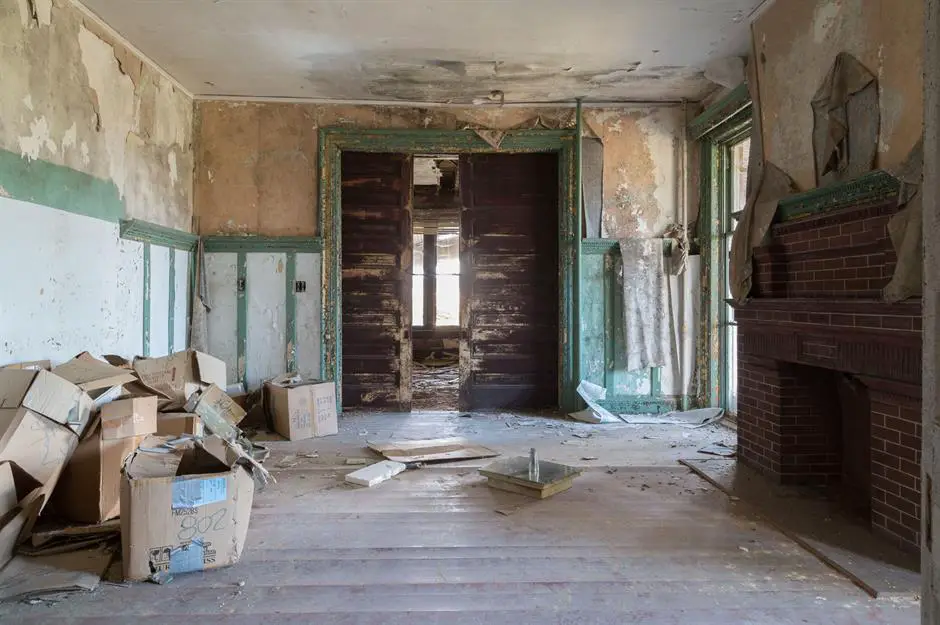
The interior of the mansion suffered greatly due to exposure to the elements. The roof deteriorated severely, and the cost of restoration was likely to be substantial. Since 1999, the mansion has been abandoned and strictly off-limits due to its location in the middle of a private golf course, closely monitored by security.
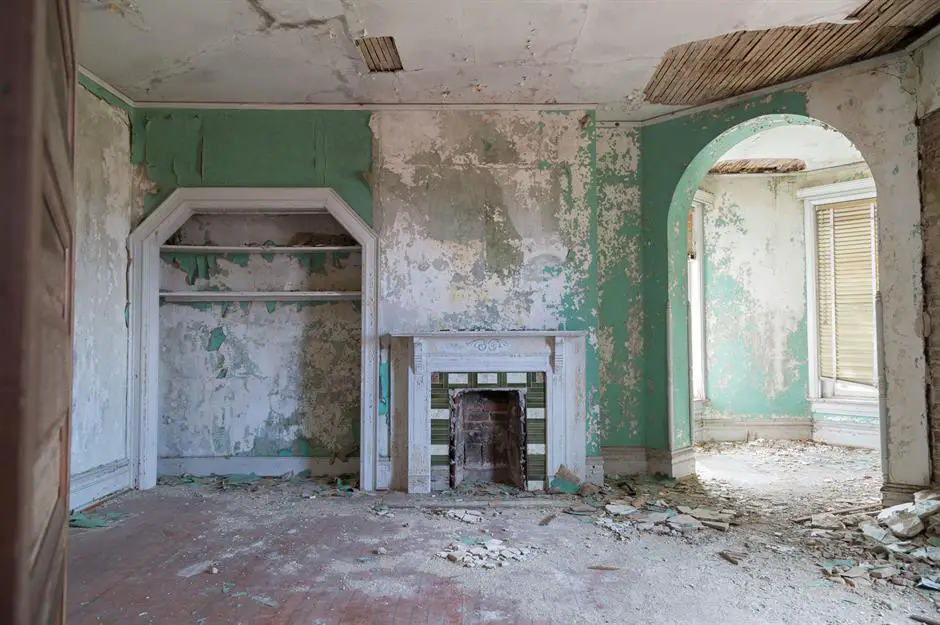
Amidst the vibrant surroundings of the country club, the mansion stands as a stark contrast. But there is hope that with a thoughtful renovation, the Dunnington Mansion’s history can be preserved for future generations, and it could become a charming clubhouse at the heart of this prestigious facility. We remain hopeful that this magnificent manor can be saved from its current state of disrepair.
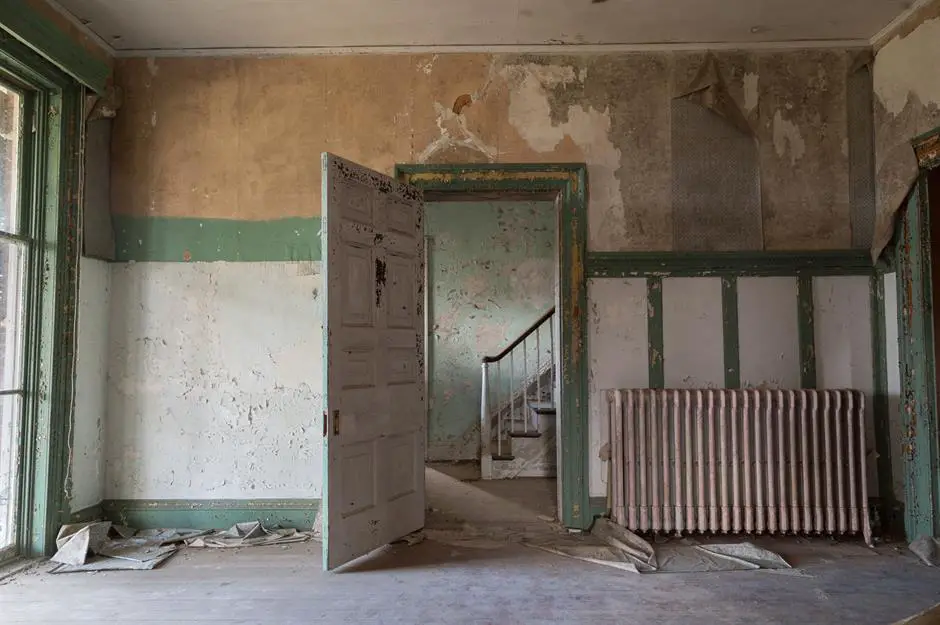
The story of the Dunnington Mansion is one of contrasts, from its opulent past to its current state of neglect. It was once a bustling hub of high society, hosting grand events and serving as a testament to the wealth and taste of the Dunnington family. Its rich history, from the Woodson family’s modest beginnings to the lavish renovations by Walter Grey Dunnington, reflects the changing fortunes of the region and the people who lived there.
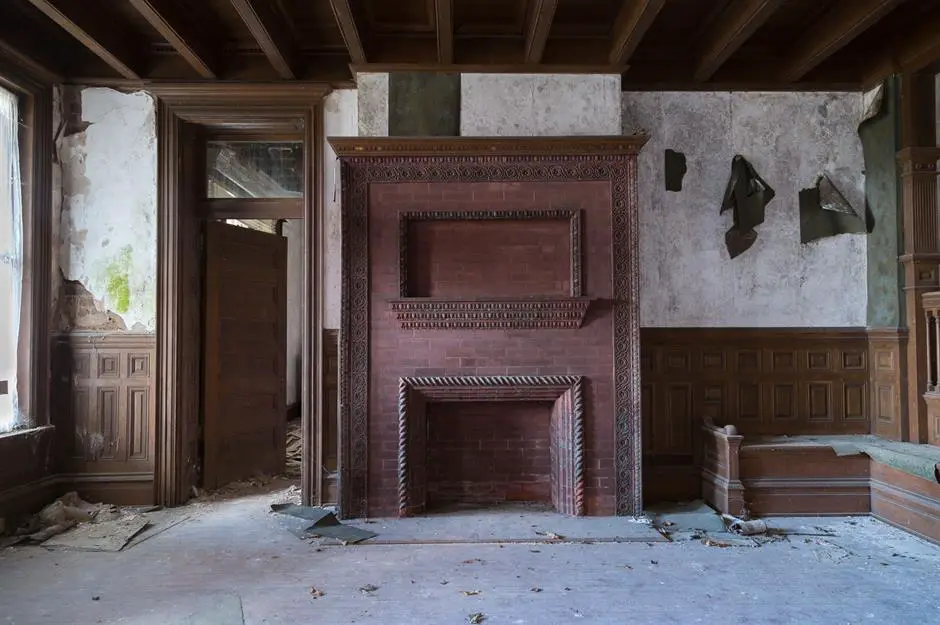
The mansion’s grandeur extended to its architectural details, with intricate features like the turret and its distinctive roof design. Unfortunately, years of neglect have taken their toll, with mold infestations, collapsing ceilings, and deteriorating structural elements. The porch and conservatory, once beautiful and functional spaces, have fallen into disrepair.
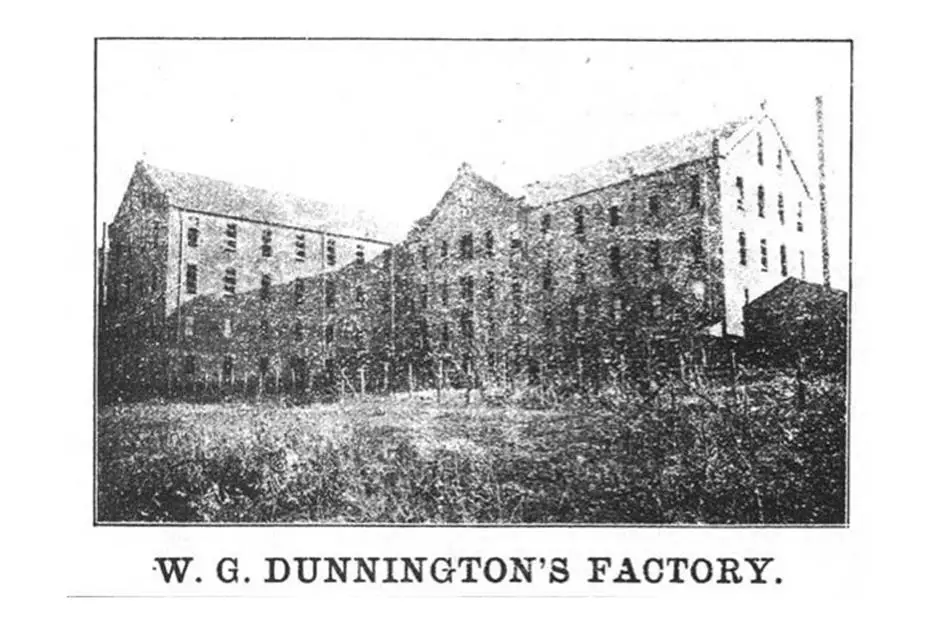
Despite the challenges, there is hope that the Dunnington Mansion can be brought back from the brink. The contrast between this decaying heritage home and the thriving golf course that surrounds it is a stark reminder of the need for restoration. A sensitive renovation could preserve its history for future generations and transform the mansion into a charming centerpiece for the exclusive country club.
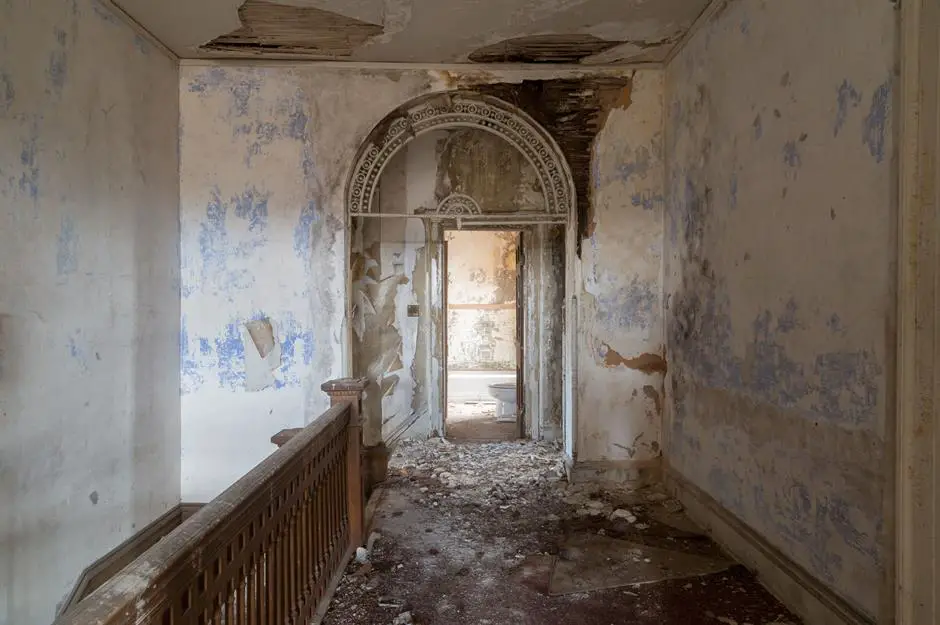
As we look at the Dunnington Mansion in its current state, we keep our fingers crossed for a brighter future. This historic gem, once the pride of Farmville, may yet regain its former glory and serve as a testament to the enduring beauty of the past.
